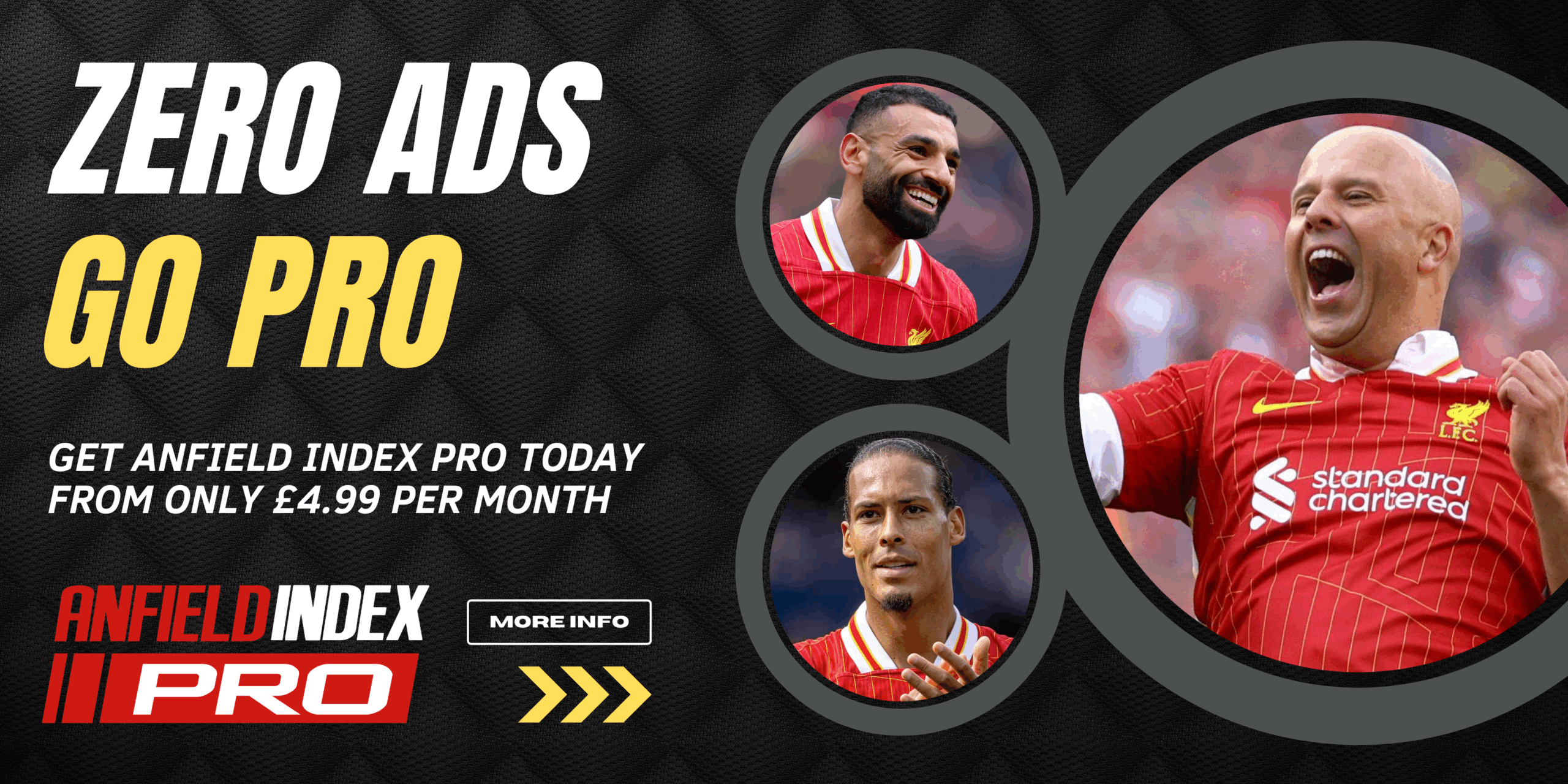Blockchain technology has taken the world by storm. Cryptocurrencies and NFT seem to be the talk of the town, with many celebrities and brands rushing to adopt these new concepts.
In this article, we will look at NFTs in general, and football NFTs in particular, to see what the fuss is about. Of course, the football industry is no stranger to merchandising, so branding an NFT is no different than a football-themed coffee mug, T-shirt, notebook, pen, and so on.
But before we look at NFT sports memorabilia, let us first break down the concept of an NFT and tackle some of the more common pushbacks.
Common concerns answered
Are NFTs devoid of value?
Why is gold valuable? Well, that can be a long answer. Sure, it has some useful properties like rust resistance, which gives it an “eternal” feeling. But overall, there’s not much you can do with gold, diamonds, or even some pieces of art. These things have been expensive for tens of thousands of years, not because of their pragmatic value but because of the value that humans assign to them. Even something such as a piece of paper or cardboard, in the form of a collectable Pokémon card, can cost thousands of dollars due to the sentimental weight that it causes in us.
There are also famous cases of real-life art painted on canvas that cost millions of dollars. And many of these paintings are just blotches of color, far divorced from the objective beauty of a Renaissance painting. Still, that mess of a painting is worth 10 million if someone is willing to pay that much for it. That is how value works.
It is true that some people perceive NFTs as silly because of their lack of intrinsic value. But as we’ve just established, conceptually, they are no different than a collectable baseball card. If someone pays, that’s a good enough reason.
Also, if authenticity is your concern, you can rest easy knowing that NFTs are fraud-resistant due to each one having a distinct digital signature.
Every NFT is a piece of digital art, unique in both characteristics and value. And for some people, this is what motivates them to buy such a commodity.
Energy expenditure
This is probably the most legitimate concern regarding crypto, NFTs, and blockchain technology in general. These are very resource-intensive processes for computers to manage. So, you need a lot of powerful computers, working for a decent amount of time.
Currently, it is estimated that the entire crypto-mining industry is consuming as much power as a country the size of Argentina. It can be agreed that if all this effort, expense, and environmental damage is happening just for a commodity, then it is excessive.
However, the potential for crypto and NFTs is to bypass the worst excesses of government-issued fiat currency. For example, it is mathematically impossible for Bitcoin to suffer inflation because Bitcoin cannot be overprinted by a government that just wants to pay its debts by devaluing the currency.
Imagine where the world would be if we didn’t have to live through the ravages of inflation.
There are also advantages to using Bitcoin gambling, such as avoiding traditional currencies.

Football, NFTs, and Merchandising
Football, the king of sports, is a massive global industry. It is hard to explain just how well-embedded football is in the global culture. Of course, this popularity brings opportunities for branding and merchandising. Countless billions are made just by placing a well-known brand or player on anything that has a surface.
Toys, collectable cards, clothing, sports equipment, pens, TV shows, and hundreds of other products are sold daily. In a similar case to NFTs, the functionality of a notebook isn’t improved by slapping an FC Liverpool logo on it. It will still have the same number of pages, weigh the same, and feature the same paper quality.
The added value is provided by the emotional attachment that the buyer has to the brand logo, which is an abstract notion.
It doesn’t take a giant logical leap to apply the same logic to NFT fan engagement in soccer. If you can have football-themed collectable cards and slippers, there’s nothing stopping you from also having football NFTs.
In fact, some of the world’s best football players have been early adopters of Blockchain in football. For example, Messi created a special NFT collection back in 2021. When asked why he pursued this action, he mentioned that both football and art have an eternal quality to them.
Another noteworthy mention is Neymar, who seems to be a fan of NFTs in general, not just those themed around football. He bought an NFT showing a pink ape for 500 K USD.
Finally, we should also mention the collectable aspect. Humans, in general, are very wired to collect a series of objects. People gather Herbs, butterflies, stamps, baseball cards, Pokémon Cards, bottle caps, and anything that they can get their hands on. In fact, some of history’s most popular franchises have all been centered around collectables.
There’s something about collecting that really hits the addiction centers of our brains. Of course, the concept is often applied to NFTs as well, as people want to buy a series of collections.
Eternal Art, or just a passing fad?
Was Messi, right? Is art eternal, or are his NFTs just a passing fad?
Nobody can accurately predict the future and market trends. For example, the estimation back in the 80s was that car phones were the way of the future. Then, cell phones appeared on the market and totally shattered expectations.
Wikipedia was another surprise, as nobody ever thought that a user-edited free encyclopedia would outcompete university and government sources of info.
Nobody really knows if Soccer NFT marketplaces are here to stay for good or if they will be a passing trend. Currently, the future of digital art looks promising, but nobody knows. The new digital craze is currently the development of AI, so who knows if AI will impact blockchain in any way?
But what can be known for sure, currently, is that football-themed NFTs are a great idea. You have an industry that lends itself very well to branding, coupled with a technology that gives you a blank canvas to print and showcase the most memorable players and moments in history.
The success of Liverpool’s “LFC Heroes Club” proves that this marketing strategy is more than a concept.
Conclusion
Football and NFTs are a match made in heaven. Despite some initial drawbacks, such as high energy costs, blockchain technology seems to be an answer for the mass-produced, cheap merchandising culture that most of the world has adopted.
Getting your own unique pieces of art is a thrill for most, and it also helps to support the club that is close to your heart.




